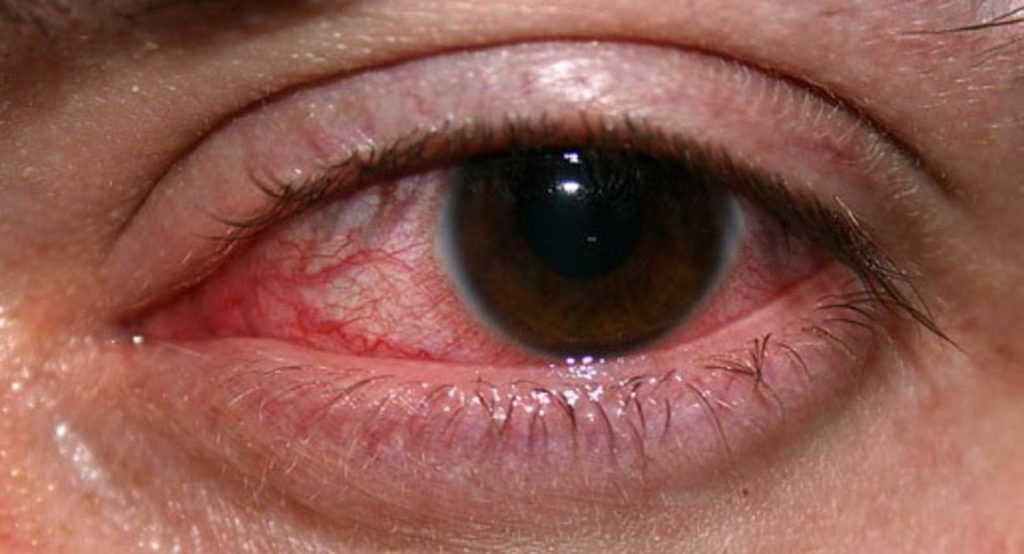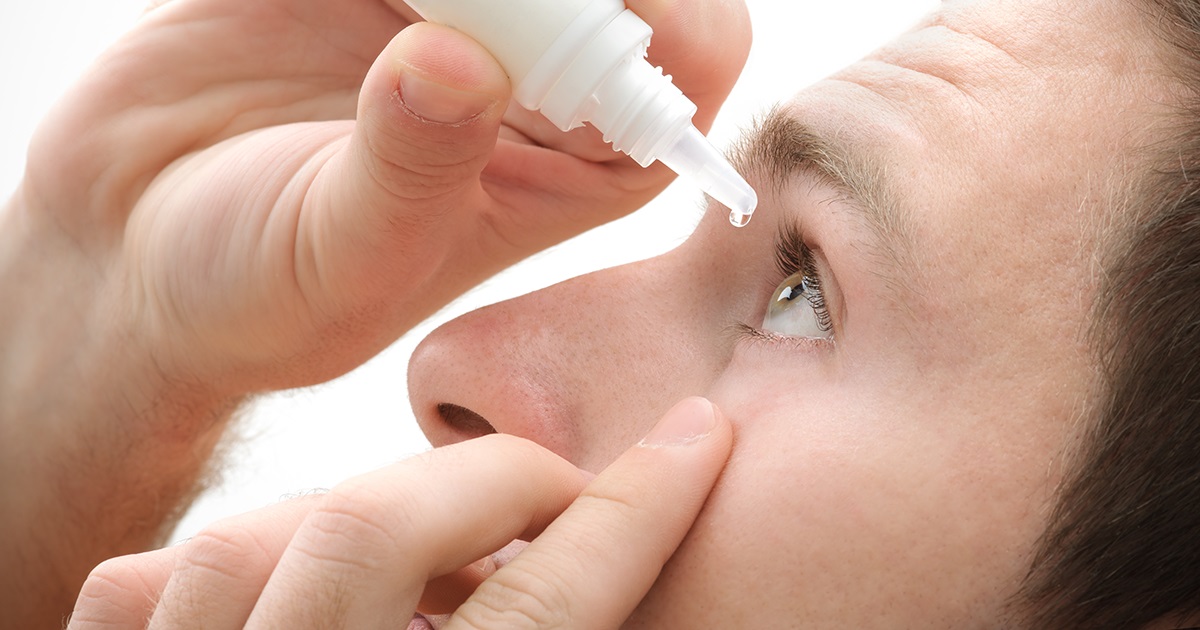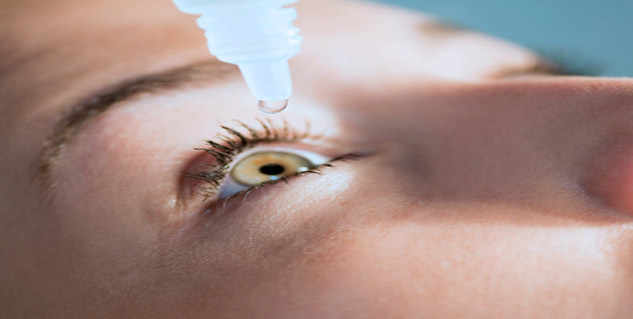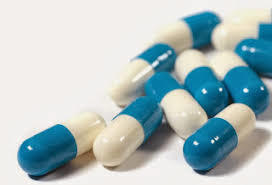Antifungal Eye Drops List For Manufacturing & Franchise

Antifungal Eye Drops List For Manufacturing & Franchise – It is rather uncommon for fungus to invade the eye, which can result in pain, redness, and even vision loss. Fortunately, patients can get treatment for these illnesses thanks to antifungal eye solutions. A critical component of providing appropriate eye care is creating and dispensing high-quality eye drops, which is a challenge for pharmaceutical companies and franchise owners.
Antifungal drops are crucial to any eye care program because they contain specialized chemicals that may target and treat fungal infections. The market for antifungal eye drops is anticipated to develop dramatically over the next few years due to the rising incidence of fungal eye infections and a greater emphasis on eye health.
To address this demand, there is a rising need for pharmaceutical businesses and franchise owners to create and market premium antifungal eye drops. This article will examine some of the top eyes drops currently on the market and the manufacturing and franchise options accessible in this industry.
Types Of Fungal Eye Infections And Symptoms
Types of Fungal Eye Infection:
- Keratitis: A fungal infection of the cornea, the transparent outer layer of the eye, is known as keratitis. It may result in discomfort, redness, hazy vision, and light sensitivity.
- Endophthalmitis: This is a serious fungal infection that affects the retina and the vitreous humor, the gel-like fluid that fills the eye, inside of the eye. Blindness and visual loss are potential effects.
- Orbital cellulitis: It is a fungal illness that affects the cheeks, eyelids, and other tissue around the eye. In the affected area, it may result in discomfort, redness, and swelling.
- dacryocystitis: A fungal infection of the tear ducts known as dacryocystitis can result in tearing, discharge, and swelling in the corner of the eye.
- Fungal keratitis: This is an infection caused by a fungus that affects the cornea and can result in scarring, reduced vision, and even blindness. It may happen following an eye injury, particularly if the injury is not appropriately attended to.
- Candida endophthalmitis: An uncommon but dangerous fungal illness called candida endophthalmitis can strike those with compromised immune systems. If not treated quickly, it can result in blindness.
- Aspergillosis: This is a fungus that can infect the lungs, eyes, and sinuses. If it spreads to the eyes, it can result in blindness and vision loss.
Symptoms Of Fungal Eye Infection:
- Pain in the eye from a fungus infection: The infected eye may experience severe pain.
- Redness: A red or bloodshot eye may be the result of an infection.
- Light sensitivity: The diseased eye may be more light-sensitive than usual.
- Vision blur: Fungal eye infections can result in cloudy or blurry vision.
- Discharge: The eye may exude a thick, yellow- or green-colored discharge.
- Swelling or puffiness may develop in the infected eye.
- Itching or burning: Some fungus-related eye infections can make your eyes feel itchy or burn.
- The cornea, the transparent outer layer of the eye, may develop white or yellow spots as a result of some fungus eye infections.
Quality Control And Regulatory Requirements For Antifungal Eye Drops
Fungal infections of the eye, such as keratitis and endophthalmitis, are treated using antifungal eye drops. These drugs function by concentrating on the fungal cells and stopping them from developing or proliferating, so aiding in the eradication of the infection.
However, careful quality control and regulatory compliance are necessary to guarantee the security and effectiveness of antifungal eye drops. To guarantee that these drugs are secure and efficient for use in the eyes, the manufacturing procedure for them must adhere to strict guidelines.
Making sure the medication is sterile is one of the most critical aspects of quality control for eye drops. Any pollutants, including bacteria and fungus, can harm the eyes permanently or cause vision loss by inflicting significant illnesses. Since these pharmaceuticals must be free of impurities and packaged sterilely, certain procedures must be followed during the production process.
Antifungal drops must be labeled with precise usage instructions as well as any possible adverse effects or cautions, according to regulatory organizations like the FDA. This makes it easier to make sure that patients are aware of how to use the medication properly and of any possible risks involved.
Top Antifungal Eye Drops In The Market
Here are the top antifungal eye drops in the market:
| Active Ingredient | Brand Names | Dosage |
| Amphotericin B | Fungizone, Amphocin | 0.25% to 0.5% eye drops, 1 to 2 drops every 2-4 hours for 5-7 days |
| Natamycin | Natacyn, Pimaricin | 5% eye drops, 1 to 2 drops every 1-2 hours for the first 2 days, then 1 to 2 drops every 4 hours for 5-7 days |
| Voriconazole | Vfend | 1% eye drops, 1 to 2 drops every 1-2 hours for the first 2 days, then 1 to 2 drops every 4 hours for 5-7 days |
| Miconazole | Monistat | 2% eye drops, 1 to 2 drops every 3-4 hours for 5-7 days |
| Clotrimazole | Lotrimin | 1% eye drops, 1 to 2 drops every 3-4 hours for 5-7 days |
| Econazole | Spectacle | 1% eye drops, 1 to 2 drops every 3-4 hours for 5-7 days |
| Fluconazole | Diflucan | 0.2% to 0.5% eye drops, 1 to 2 drops every 2 hours for the first 2 days, then 1 to 2 drops every 4 hours for 5-7 days |
| Ketoconazole | Nizoral | 2% eye drops, 1 to 2 drops every 3-4 hours for 5-7 days |
| Terbinafine | Lamisil | 1% eye drops, 1 to 2 drops every 3-4 hours for 5-7 days |
| Flucytosine | Ancobon | 2.5% eye drops, 1 to 2 drops every 3-4 hours for 5-7 days |
| Ciclopirox | Loprox | 1% eye drops, 1 to 2 drops every 3-4 hours for 5-7 days |
| Amorolfine | Loceryl | 0.1% eye drops, 1 to 2 drops every 3-4 hours for -7 days |
| Itraconazole | Sporanox | 1% eye drops, 1 to 2 drops every 3-4 hours for 5-7 days |
| Posaconazole | Noxafil | 1% eye drops, 1 to 2 drops every 1-2 hours for the first 2 days, then 1 |
Conclusion
There are many antifungal eyes drops on the market now, giving franchise and manufacturing organizations many possibilities for creating and distributing efficient remedies for fungal eye infections. It is critical to select the right medicine for the particular type of infection being treated because different antifungal drops may have different active components, doses, and administration directions.
To ensure their safety and efficacy, it is also advised to speak with a healthcare provider before using any antifungal eye drops. Overall, franchising and manufacturing businesses have a significant opportunity to offer successful treatments for patients with fungal eye infections due to the rising demand for eye drops.





